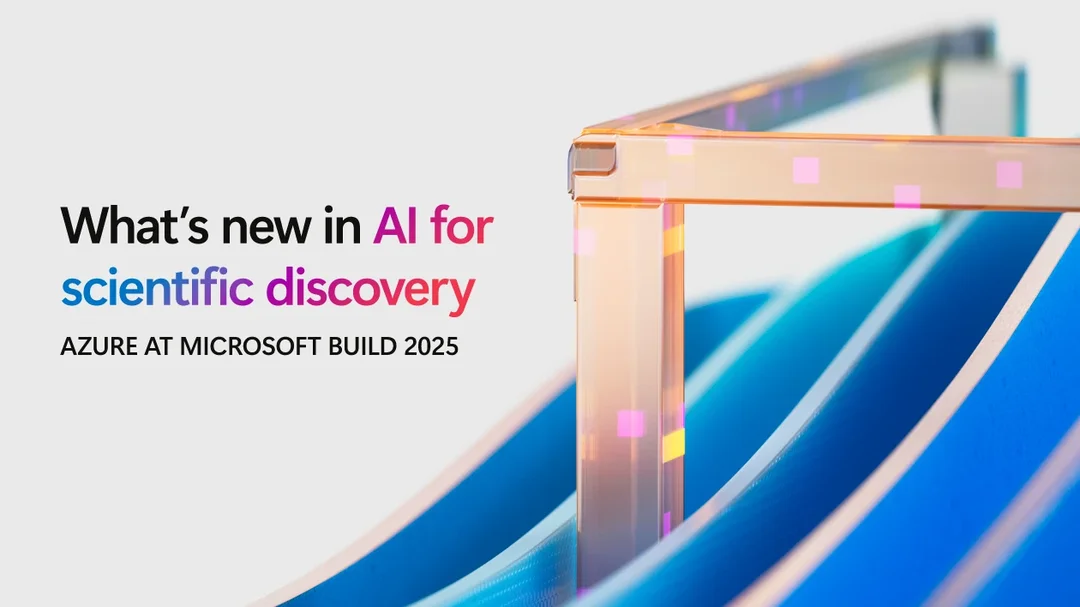
NVIDIA TensorRT Unleashes 2x AI Performance Boost on RTX GPUs: A Game Changer for AI PCs
NVIDIA is making waves with its latest advancement in AI acceleration. The arrival of TensorRT for RTX is set to supercharge AI performance on desktop PCs, delivering up to 2x the performance compared to DirectML. This upgrade is supported across all RTX GPUs, making it a significant leap for both developers and end-users. The announcement, made just before Computex 2025, highlights NVIDIA's commitment to pushing the boundaries of AI on personal computers.

TensorRT optimizes the inference backend, enabling faster AI applications. This means users of RTX GPUs will experience noticeable improvements in AI-driven tasks. NVIDIA's internal testing reveals substantial performance uplifts. For instance, ComfyUI sees a remarkable 2x performance increase, while DaVinci Resolve and Vegas Pro enjoy a 60% boost. Such enhancements translate to quicker AI runtimes and more efficient workflows, fully unlocking the potential of RTX GPUs and RTX PCs.
According to NVIDIA, developers often face a trade-off between broad hardware support and optimized performance. The Windows ML inference framework aims to solve this dilemma by providing optimized AI execution layers for each hardware manufacturer. For GeForce RTX GPUs, Windows ML automatically utilizes TensorRT for RTX, ensuring high performance and rapid deployment. In comparison to DirectML, TensorRT delivers more than 50% faster performance for AI workloads on PCs.

The benefits extend beyond raw performance. TensorRT for RTX boasts an 8x smaller library file size and includes just-in-time optimizations per GPU. This allows NVIDIA to deliver the latest performance optimizations to users as soon as they are available. Windows ML is built on ONNX Runtime, ensuring compatibility with any ONNX model. This is scheduled to become available in June.
NVIDIA's software innovations span across more than 150 AI SDKs, with new integrations constantly being added. Recent additions include LM Studio (experiencing a +30% performance boost with the latest CUDA), Topaz Video AI (accelerated via GenAI Video CUDA), and integrations with platforms like Bilibili, AutoDesk VRED, and Chaos Enscape. The company is also introducing new NIMs and AI Blueprints, including plugins for Project G-Assist, which brings AI assistance to apps like Discord, Twitch, and Spotify.

Microsoft also touts simplified deployment with Windows ML, noting developers no longer need multiple builds of their apps to target different silicon. Windows ML also ensures conformance and compatibility, so you can rely on continued improvement while guaranteeing accuracy build-over-build for your models.
With TensorRT for RTX, NVIDIA is not just enhancing performance; it's paving the way for a future where AI is seamlessly integrated into everyday PC workflows. Will this update truly revolutionize AI application development? Share your thoughts and experiences in the comments below.